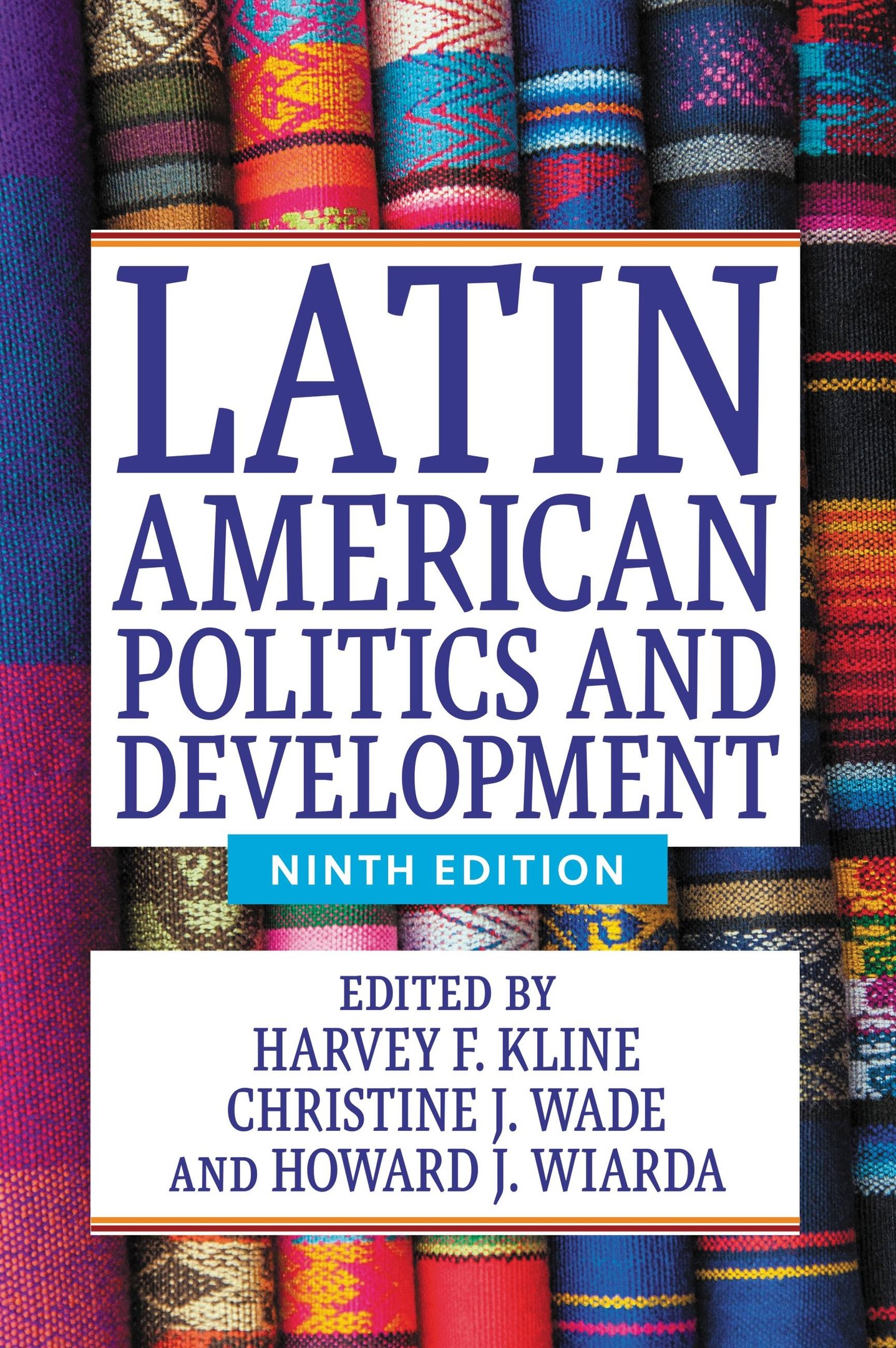Armies of Medieval Russia 750–1250 (Men-at-Arms
1) Armies of Medieval Russia 750–1250 (Men-at-Arms 333) – David Nicolle
Osprey Publishing | 1999 | PDF
In the centuries following the first expeditions down the great rivers of northern Russia by Viking traders and adventurers, the foundations for a new state were laid. Many influences combined in this colourful culture which grew up first around the great cities of Kiev and Novgorod — Scandinavian, Finnish, Slav, steppe Turkish, Byzantine. By the time of the Mongol invasions of the 12th century the small enclaves of the old pagan Rus’, tolerated by the Khazar Khans for their commercial usefulness, had evolved into a Christian nation. Its story is told here in fascinating detail, and illustrated with striking colour reconstructions of the warriors themselves.
2) Medieval Russian Armies, 1250–1500 (Men-at-Arms 367) – David Nicolle, Viacheslav Shpakovsky
Osprey Publishing | 2002 | PDF
After disastrous defeats at the hands of the Mongols in the 13th century, the Russian principalities became vassals of the Khans of the Golden Horde for more then 200 years; and at the same time the western princes faced the German crusaders of the Teutonic Order. Remarkably, Russia responded with a new surge of military vigour. Eventually, freedom from the ‘Mongol yoke’ coincided with a degree of unity around a powerful new state — Muscovy. This exciting chapter of history is illustrated with rare early paintings, photos, diagrams, and eight plates reconstructing the mixed influences of East and West in the appearance of Russian warriors.
3) Medieval Russian Fortresses AD 862–1480 (Fortress 61) – Konstantin S Nossov
Osprey Publishing | 2007 | PDF
According to Russian legend, in the year AD 862 the Slav tribes of what is now European Russia invited a number of Scandinavian princes to rule over them. However, on the death of these princes, Prince Oleg seized Kiev and united the Northern and Southern Russian territories, building extensive fortifications to protect its borders. The rise of feudalism in the 11th century lead to the development of individual fortified sites and the extended border defenses fell into disrepair. Consequently, Mongol hordes poured over the border introducing the siege warfare techniques of the East, heavily influencing the fortification styles thereafter. Using a wealth of archeological evidence and first-hand sources, Konstantin Nossov charts the history of the medieval Russian fortress from its early beginnings until the 14th century, paying special attention to the development of one of the most iconic fortifications in the world: the Kremlin.
4) Kalka River 1223: Genghiz Khan’s Mongols Invade Russia (Campgain 98) – David Nicolle, Viacheslav Shpakovsky
Osprey Publishing | 2001 | PDF
In 1221, Genghiz, Great Khan of the Mongols, ordered an armed reconnaissance expedition into Russia commanded by Sübodei Bahadur and Jebei Noyon ‘The Arrow’. The consequences for the history of Europe were incalculable. The decisive Mongol victory at Kalka River, opened up vast regions of Russia and Eastern Europe to Mongol conquest. Genghiz ordered his victorious army to return eastwards, delaying the final cataclysm by a few years. Genghiz died in 1227, but within 10 years his son Ögedei ordered a return to Russia to complete the conquest. This title details the events of the dramatic Kalka River campaign.
5) Kulikovo 1380: The Battle That Made Russia (Campaign 332) – Mark Galeotti
Osprey Publishing | 2019 | PDF
The 14th-century Mongol conquest of the Rus’ – the principalities of Russia – was devastating and decisive. Cities were lain waste, new dynasties rose and for a hundred years the Russians were under unquestioned foreign rule. However, the Mongols were conquerors rather than administrators and they chose to rule through subject princes. This allowed the Rurikid dynastic princes of Moscow to rise with unprecedented speed.
With the famed ‘Mongol Yoke’ loosening, Grand Prince Dmitri of Moscow saw in this an unparalleled opportunity to rebel. On 7 September 1380 his 60,000 troops crossed the Don to take the battle to Mamai’s 125,000, which included Armenian and Cherkessk auxiliaries and Genoese mercenaries. Using specially commissioned artwork, this is the engrossing story of the victory that heralded the birth of Russian statehood.
 1 / 5
1 / 5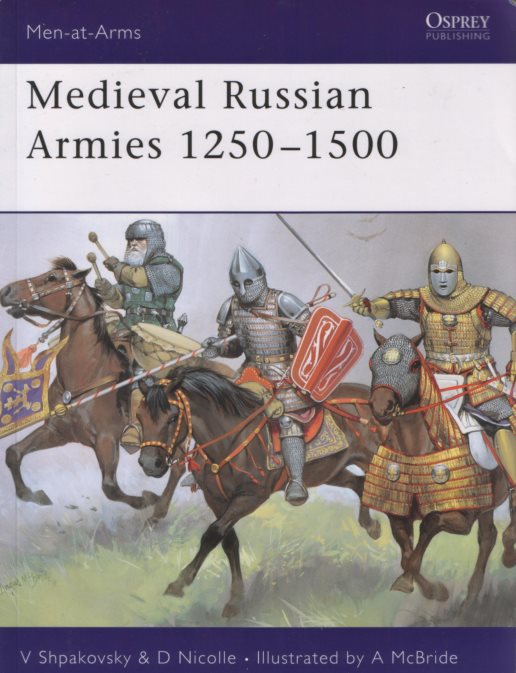 2 / 5
2 / 5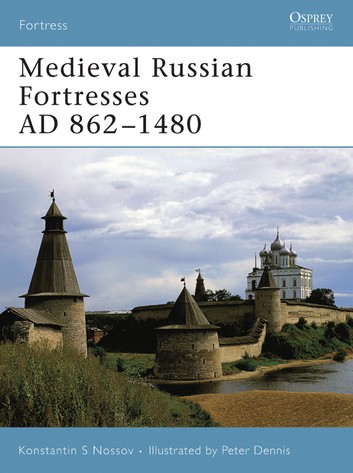 3 / 5
3 / 5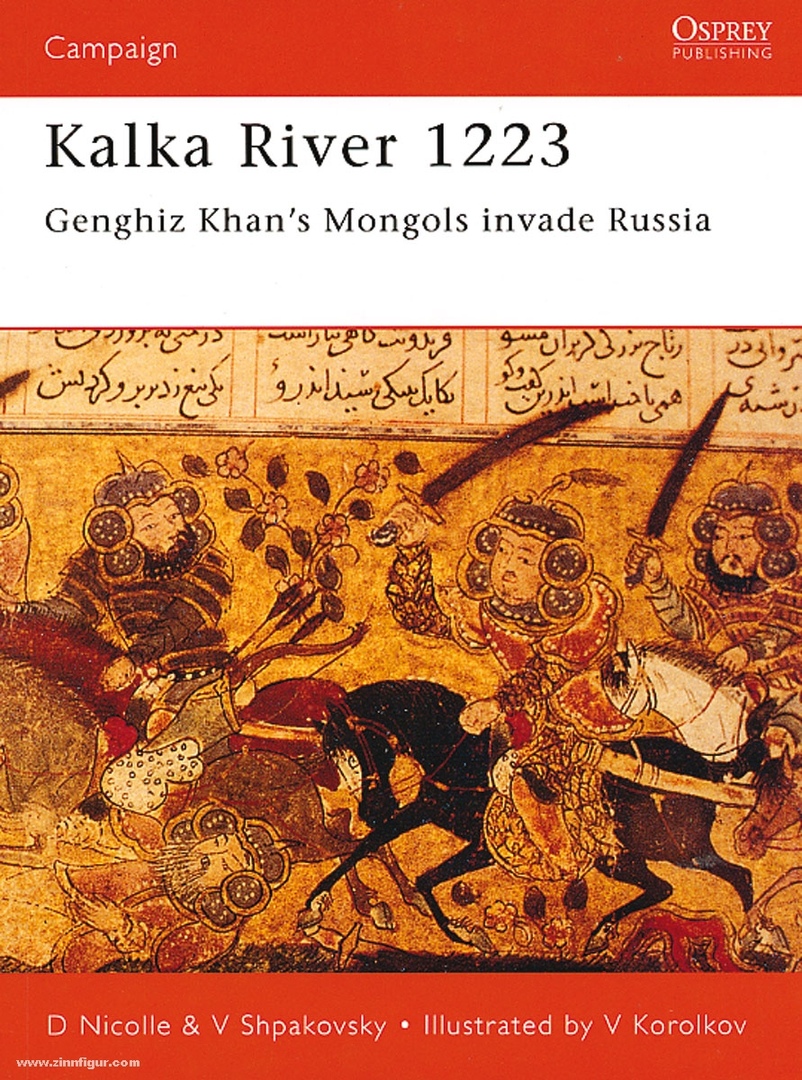 4 / 5
4 / 5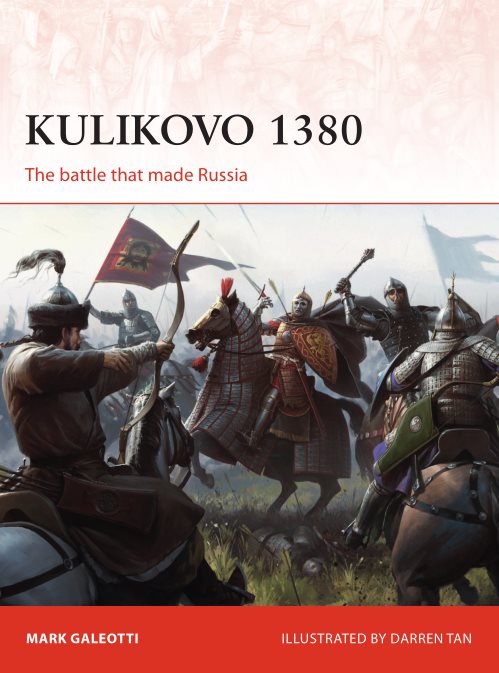 5 / 5
5 / 5